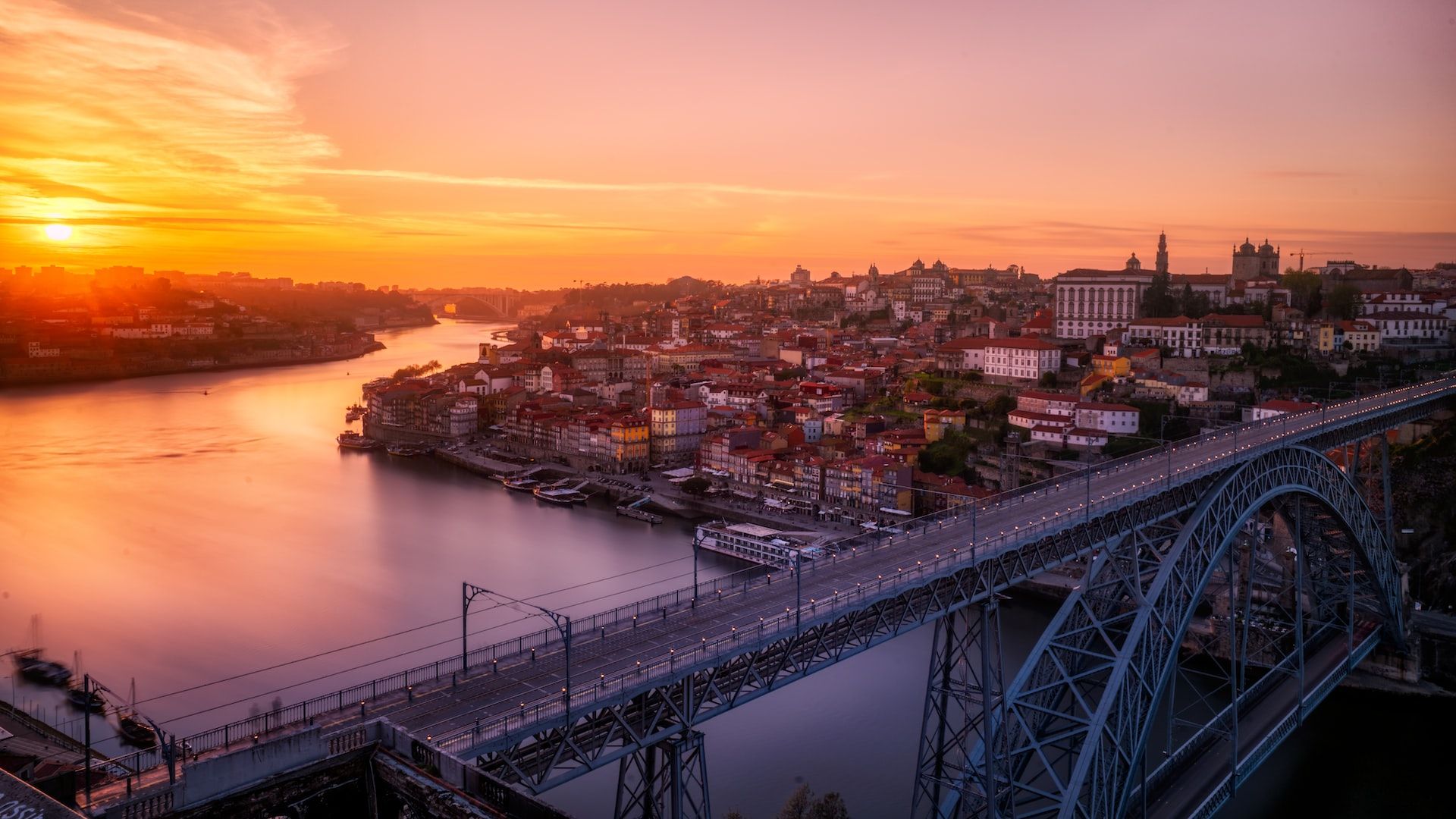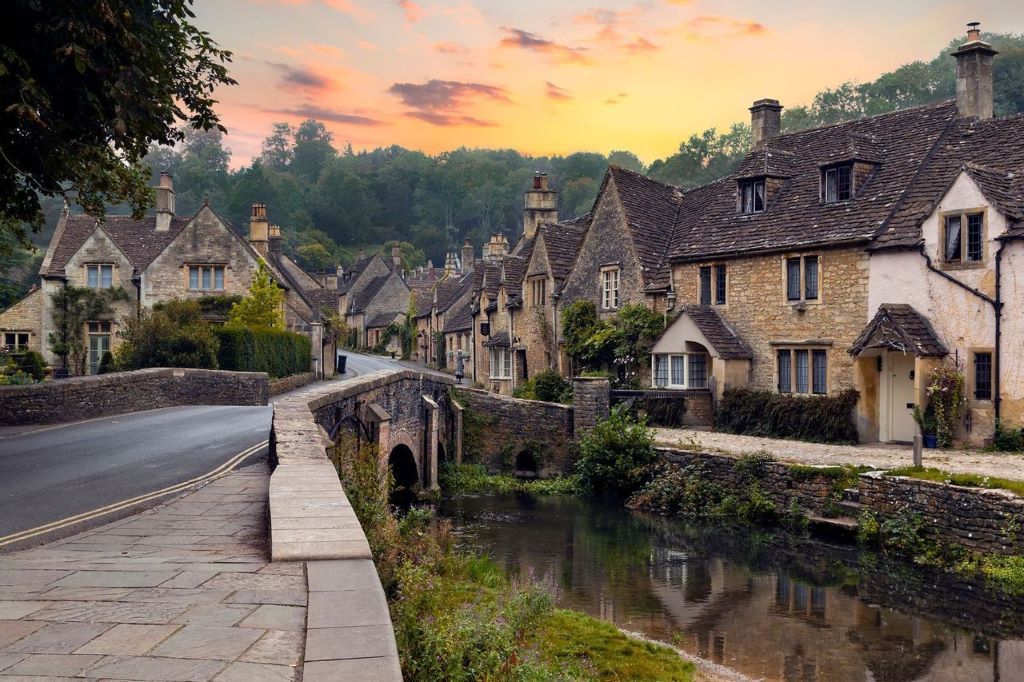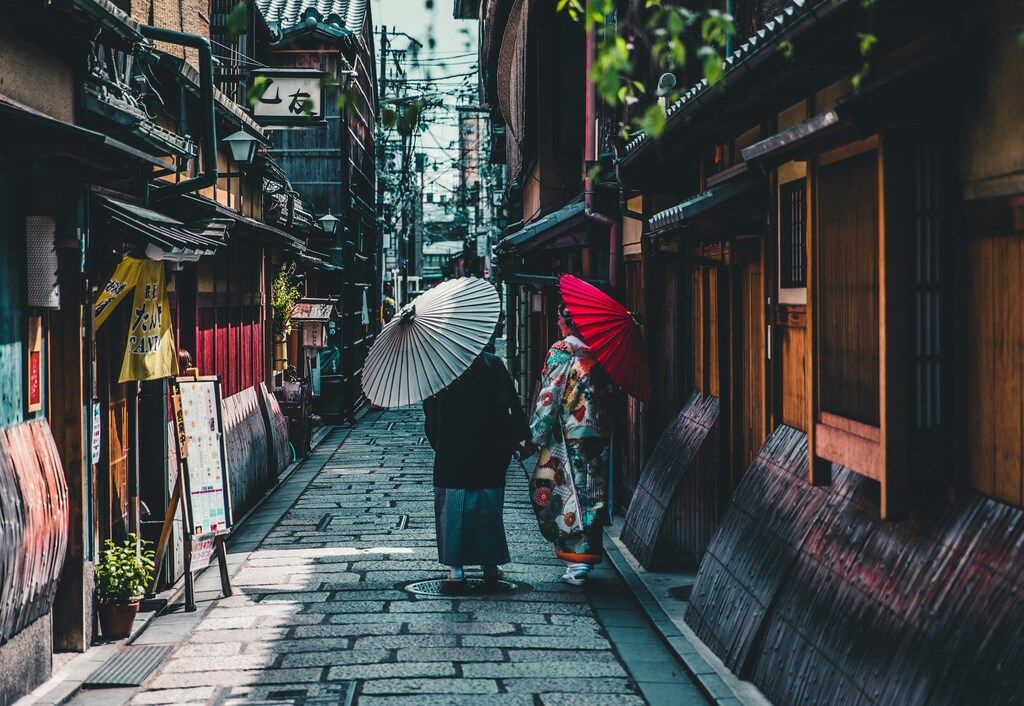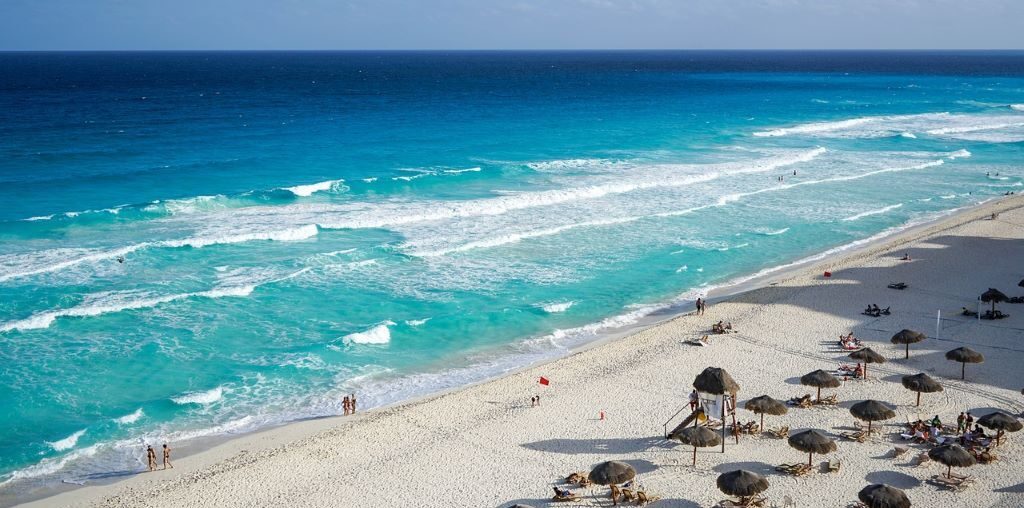

Porto is a remarkable city in the north of Portugal that rises along the banks of the Douro River, just a few kilometres before it flows into the Atlantic Ocean. With its ups and downs, somewhat decadent baroque charm, azulejos (tin-glazed ceramic tilework) and fine wines, it is one of the most popular destinations in Portugal. Given its minute size, it is the perfect weekend getaway, also thanks to the numerous low-cost flights that connect it to the main European cities.
If you are planning a tour of Portugal, here is another list of the top ten things to see!
So, what is there to see in Porto? Let’s start by saying that the city has a thousand-year history that makes the visit even more interesting. Born as a Celtic village, conquered by the Romans (from which it takes the name Portus Cale), then by the Arabs and then by the Spaniards until finally becoming independent in 1138. The period of territorial discoveries made it a hub for maritime trade, laying the foundations for the colonial power of the centuries to come. It reached its peak during the 18th century which was also called the Golden Age of Porto when many of the neoclassical and baroque buildings we admire today were built. Indeed during that period, some key elements of the city were also built, such as the Dom Luis I bridge and the Stock Exchange.
Before we get started, does the bridge remind you of another famous European landmark? Let’s see what this little pearl of the Iberian Peninsula can reveal!
La Ribeira
This neighbourhood is one of the city’s most characteristic and is certainly a high-priority location you must see in Porto. It develops along the Douro River where craft shops and typical restaurants coexist with the colourful houses linked by clothes-lines and the cobblestone streets that climb towards the cathedral. A place where tourists blend perfectly with the residents and can live a day like real locals! It looks like a small village within the city, and it’s definitely the first stop on our journey! Let’s find out what to see in La Ribeira.

Porto Cathedral
Called Sé do Porto, it is the city’s main place of worship. Constructed in 1200 on the ruins of a previous building, it stands out on the hill with the two ttowers and the gigantic central rose window. It is a splendid example of Romanesque architecture. It is worth entering to admire the interior (especially the cloister with blue and white azulejos); however, you can also just enjoy the view of the city below the square.
The station of Sao Bento
This is Porto’s main station and is one of those places that DO NOT look anything like a station. You will be struck by the wonder of the walls of the entrance hall (42m x 14m) completely covered with blue and white azulejos.
Dom Luis I Bridge
Some may recall the Eiffel Tower’s base, and this is no coincidence! Designed by Théophile Seyrig, student and partner of Gustave Eiffel, it is one of the symbols of Porto. It connects the city with the southern bank of the Douro, which is technically another city named Villa Nova de Gaia. Inaugurated in 1886, it is entirely made of iron, just like the most famous Parisian building. Today it houses both cars and public transport (trams and subway trains); it is also possible to cross it on foot. In 1996 the bridge was declared a UNESCO World Heritage Site. . Definitely at the top of the list of things to see in Porto!

Palacio da Bolsa
Do not be put off by its external appearance that does not do justice to the building’s majesty. Completed in 1842 to welcome foreign representatives visiting Porto, the Bolsa Palace presents the commercial power of Portugal of those golden years. Stroll through the many rooms, do not miss the Arabic one, in neo-Moorish style inspired by the Alhambra of Granada and the room of Nations built where there was initially the cloister.
Igreja Monumento de São Francisco
Leaving the Palacio da Bolsa, enter this church that from the outside will seem anonymous enough to surprise you with its gilt interior. The church is dedicated to Saint Francis of Assisi. It is an example of Baroque architecture and one of the most decorated churches in Europe.
Praça da Liberdade
After you have toured the Ribeira far and wide, head uphill towards the new quarter that has its heart in Praça de Liberdade. Sit in one of the many bars overlooking the square, have a coffee and in the shade of the statue of King Pedro IV decide what to see first among these six attractions in Porto.
Igreja and Torre dos Clérigos
The church but above all the Baroque tower is one of Porto’s symbols. Designed by Niccolò Nasoni in about 1750, it is 76m high. After 225 steps you will reach the top for a breathtaking view!
Fountain of the Lions
From the tower cross the Praca de Lisboa to see this 19th-century fountain built by the Compagnie Général des Eaux pour l’Etranger.
Lello and Irmao Bookstore
Are you a Harry Potter fan? Then this is the place for you! They say the writer of the lucky saga has taken inspiration from this bookstore for certain aspects of the story. This business has been open since the second half of the 1800s; the façade and the internal wooden staircase are the highlights to admire. Given the popularity, you have to pay an entrance ticket that you can convert into a coupon for the purchase of books.

Avenida de Aliados
It’s the heart of the city and is a wide avenue that celabrates the Allies of the First World War. Enjoy the walk through the beautiful buildings (including the town hall), cafes and shops.
Bolhão Market
This wrought iron market is more frequented by locals than tourists making it perfect for feeling like a local! You can buy fruit, meat, gastronomic products but also souvenirs, if not just inside the market, in the streets all around that are famous for the most fashionable shops in the city.
Capela Das Almas
This church is dedicated to Saint Catherine and is one of the most interesting monuments in Porto. The outer walls are covered with white and blue azulejos and date back to the early 1900s.

The beach and Vila Nova de Gaia
If you spend a few days in Porto during the hot season, drag yourself to the beach! How? On board the famous no. 1 Tram that will take you to the River Douro mouth and the ocean. This historic tram is itself one of the things to see (and do!) in Porto, as it still runs on 20th-century locomotives. Climb to the end of Rua do Infante and get off at the terminal, the Passeio Alegre stop. Continue on foot to the lighthouse, then along the sea to the Castelo do Queijo (or even the Fort of San Francesco Saverio). This walk takes no more than 30 minutes.
Another must-see is the stroll that will take you to Vila Nova de Gaia (the other side of the river). Cross the Dom Luis I bridge and reach the Avenida de Diogo Leite, where one by one you will discover the main wineries producing port, the famous wine exported all over the world. You can take guided tours or tastings, but remember to book in advance. For the real vineyards, you will have to organise an out-of-town trip towards the Douro valley (about 2 hours by car).

What you should eat and above all what to drink in Porto
You can easily consider the trip to Porto a food and wine tour and there are numerous typical and traditional foods. Trying the local cuisine is simply one of the things to do; the places that we recommend are part of the things to see in Porto.
- Tripas à Moda do Porto – the story goes that when Henry the Navigator asked the citizens for help with one of his expeditions, everyone wanted to help to the point that they were left alone with scraps and guts and so this dish was born: tripe with beans, vegetables and spices!
- Pastéis de bacalhau – Cod is the national dish, in Porto they revisited the tradition by making golden croquettes outside and soft inside – Taberna Santo António R. das Virtudes 32
- Francesinha – this is a sandwich (like Croque Monsieur from which it takes its name) but to the nth power. A triple dose of cheese, cured ham and meat sauce inside the sandwich. All smothered in more cheese. Where to eat it? Café Santiago – R. de Passos Manuel 226
- Port is the undisputed protagonist of the city. In Vila Nova de Gaia you can do the classic tastings but in the city, there are also alternative places that will make you taste this nectar accompanied by chocolate. Try it at the Chocolateria Ecuador R. de Sousa Viterbo 105

When should you visit Porto
The climate of Porto is characterised by mild but rather humid winters and not-too-muggy summers. Let’s take a detailed look at when to go and why.
- Spring – April, May and June enjoy a cool and pleasant temperature. The city is not full of tourists and on 13-14 June there is the city’s festival. During the celebrations of the Festas Santos Populares, Porto is tinged with bright colours and fireworks.
- Summer – thanks to its oceanic climate, July, August and September are warm months.
- Autumn – The temperatures remain good until the end of October but with autumn come the rainy days.
- Winter – Despite the mild climate, the winter season can reserve surprisingly pleasant or incredibly wet days!
Visit Porto with us!
To recap what you should see and do in Porto: astounding buildings, neighbourhoods packed with history, ocean beaches and wine tastings! To help you discover Porto, we have prepared a tour that covers all the main stages, Pills of Portugal. A five-day on-the-road trip from Lisbon to Porto with loads of interesting stops along the way!



